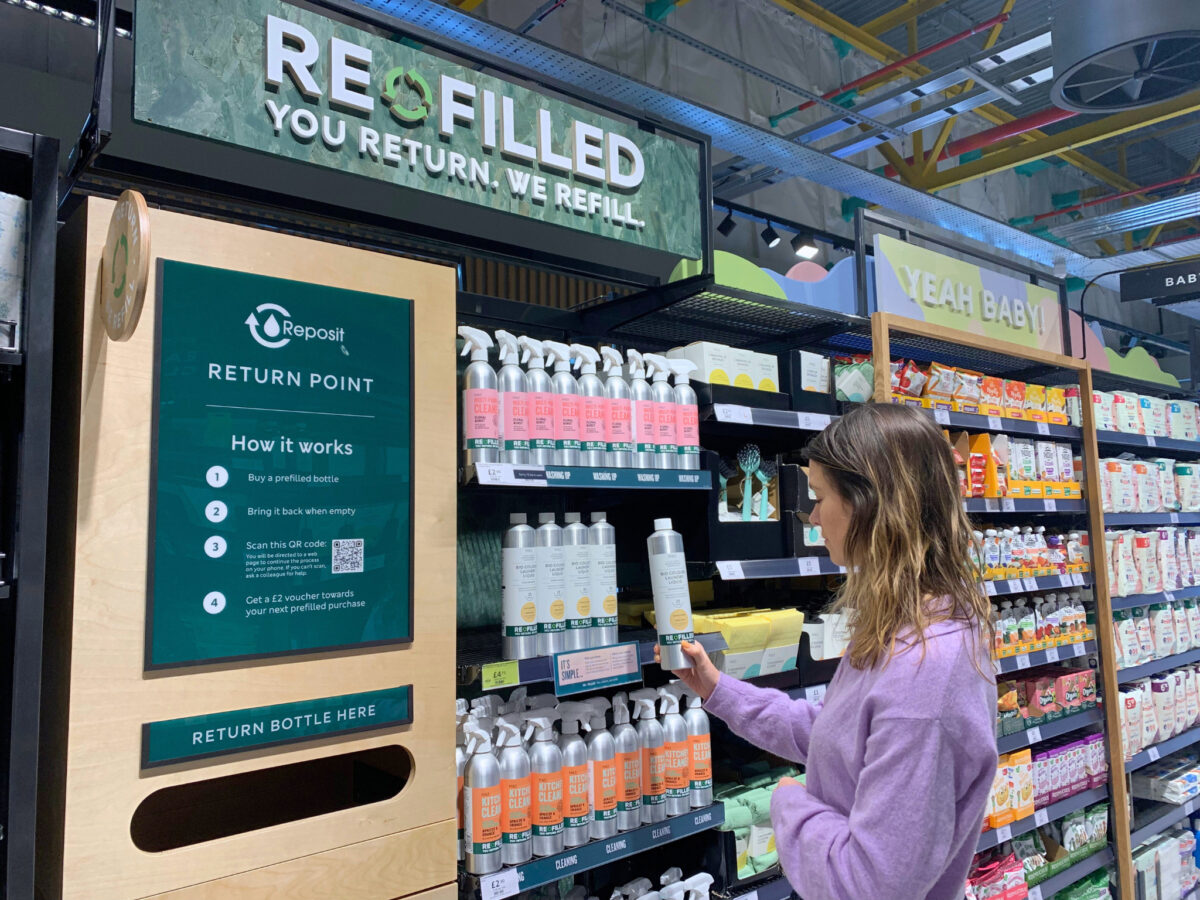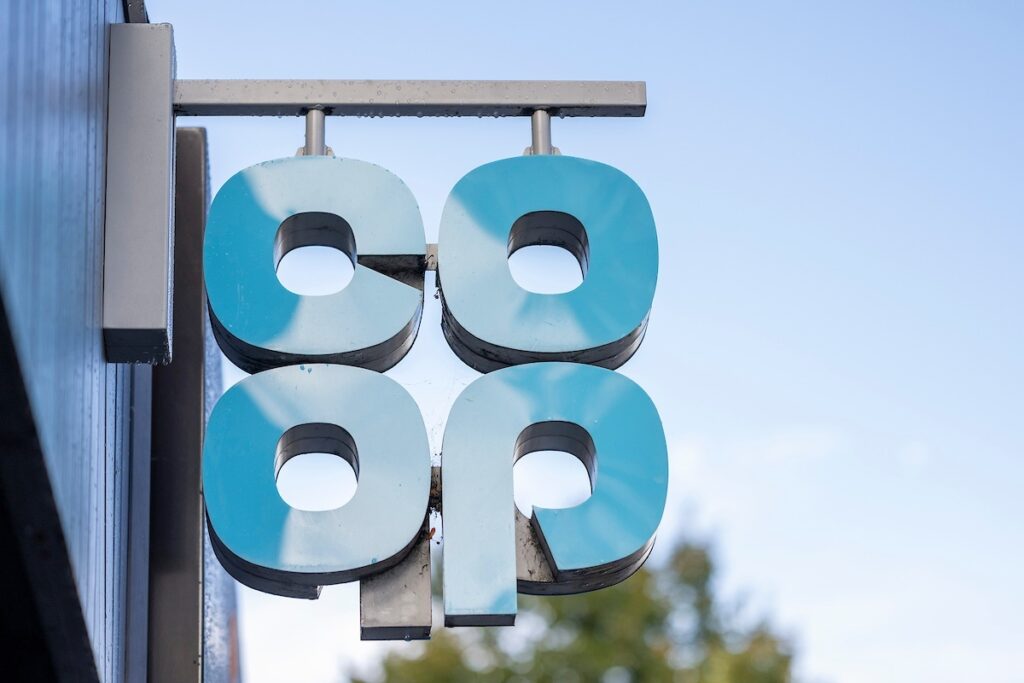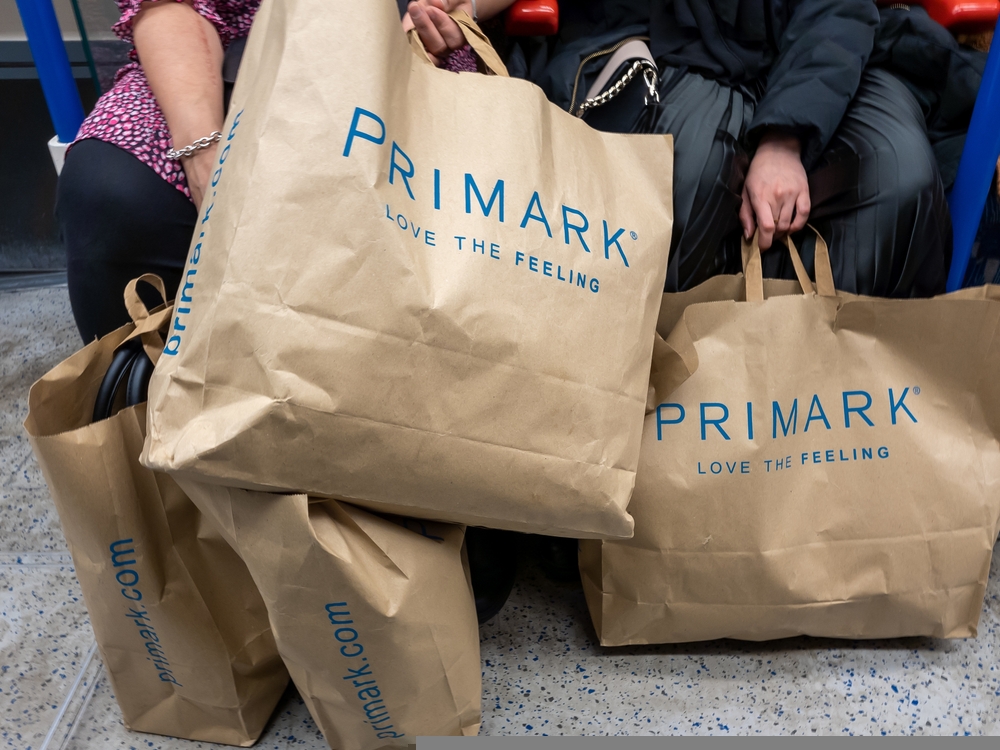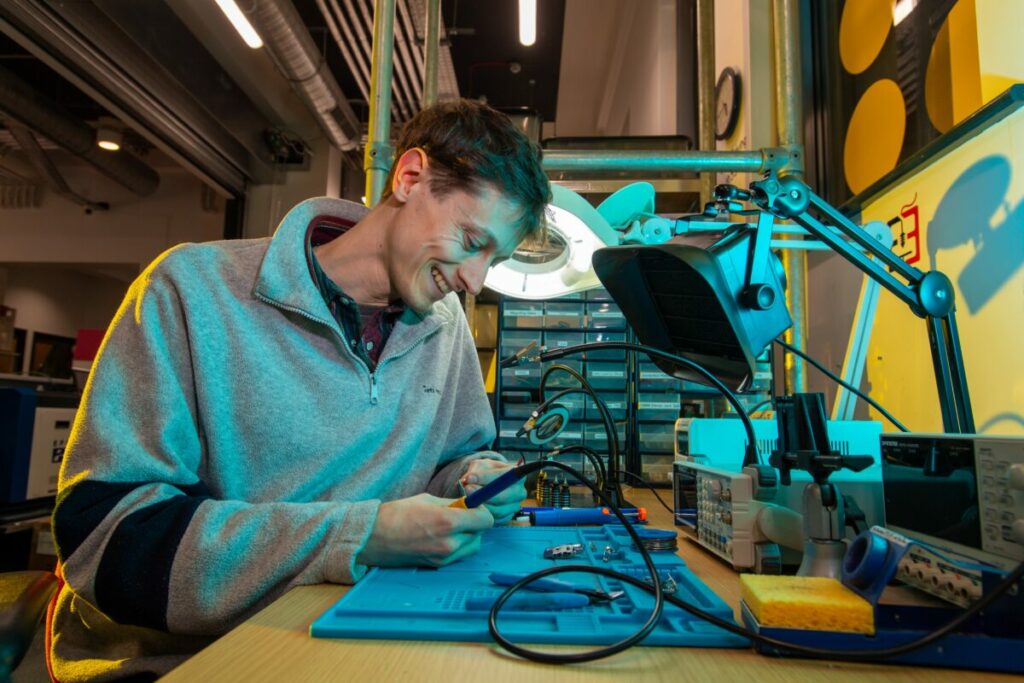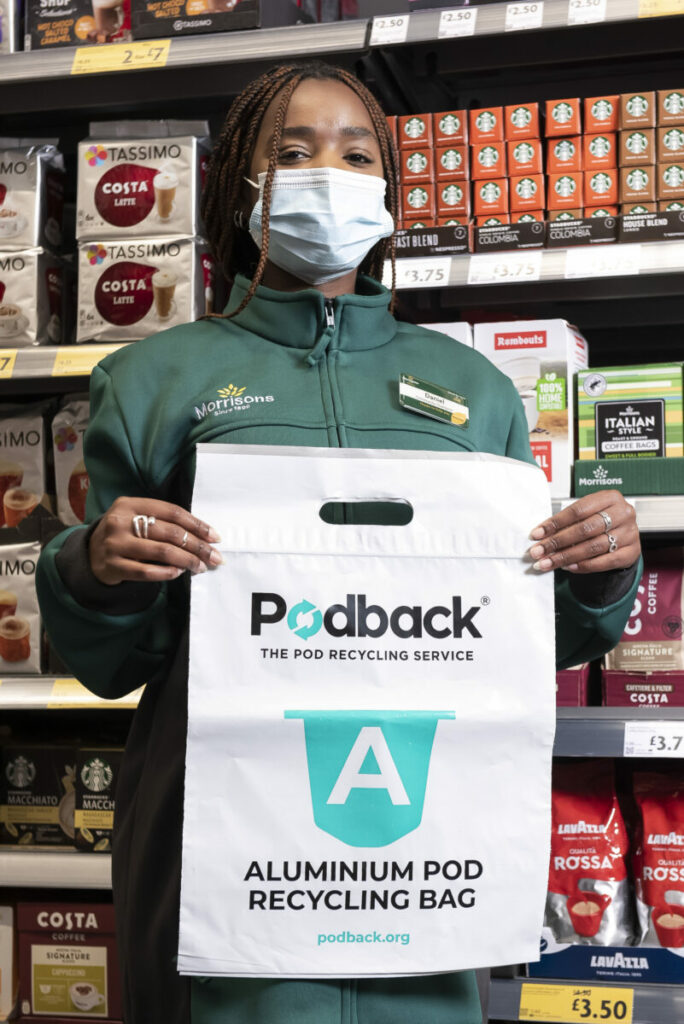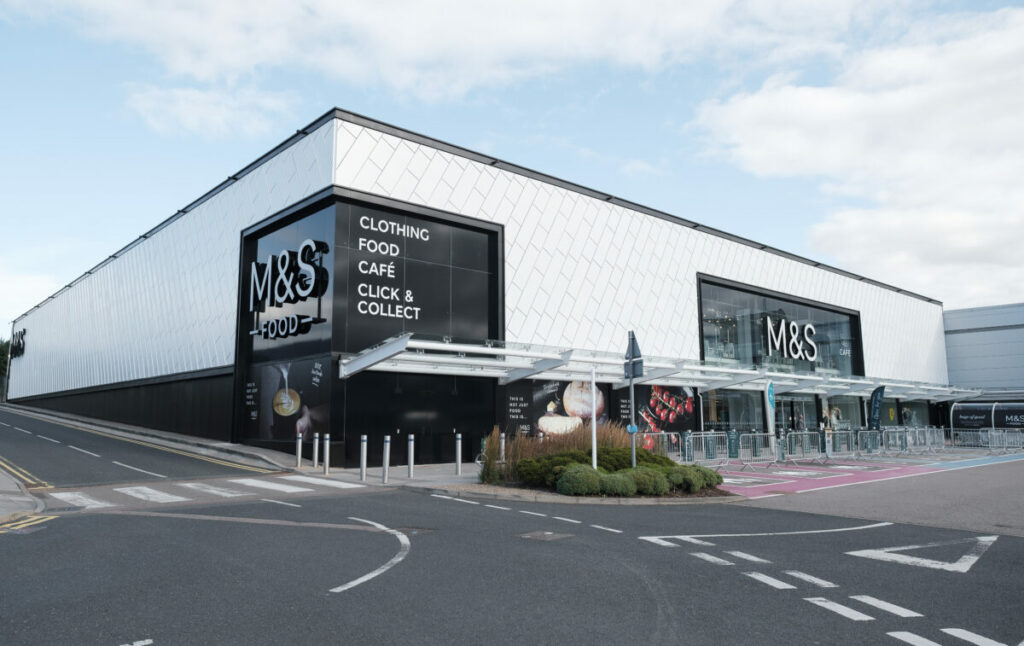Packaging is perhaps one of the most problematic areas of retail sustainability and fast-moving consumer goods sector in general.
With plastic wrap and containers being ditched at seemingly every possible turn, retailers are being forced to go back to basics as they look to change the packaging game through refill schemes – where customers bring in their own packaging to top up products in store.
Implementing sustainable containers will undoubtedly continue to be a big trend in 2024 but some retailers been thinking about green packaging from the get-go.
When The Body Shop founder Anita Roddick first opened her store in 1976, she refilled her customers’ bottles for perhaps the most sustainable reason of all – she couldn’t afford new ones.
In 1993, the beauty retailer introduced a Bring Back Our Bottle recycling scheme, but it wasn’t successful. However, since relaunching a refill solution in the past few years, The Body Shop has now implemented over 700 refill stations globally, with this number continuing to rise.
Outside of The Body Shop and the rest of the beauty sector though, the retail space has had a bumpy journey as it has tried to introduce the refill packaging model on a wider basis.
A fragrant future for refill
The Perfume Shop recently launched the UK’s first multi-brand fragrance refill station in collaboration with global beauty brand L’Oréal.
The station, introduced as a trial in the retailer’s Nottingham store, has been created to help meet shopper demand for more environmentally-friendly perfume options, selling high-end fragrances such as YSL, Prada, Lancôme, Armani and Mugler.
All size bottles from 30ml upwards can be refilled at the station, with shoppers saving 29% on average when choosing to use the refillable options.
The Perfume Shop managing director Gill Smith said sustainability was important to the business, and “continues to be a crucial part of our strategy.” She added that fragrance is a “leading innovation in the market for refillable prestige beauty products, so this couldn’t come at a better time for our loyal customers”.
The move comes as the market for refillable fragrances has grown by 23%, compared to 9% for non-refillables.
Subscribe to Sustainability Beat for free
Sign up here to get the latest sustainability news sent straight to your inbox everyday
Un-closing the Loop
The grocery sector is looking to halve the environmental impacts of all packaging systems by 2030. To reach this target, supermarkets have been making a number of changes – some of which haven’t been quite as popular as others.
But grocery continues to test the potential success of refill, with schemes currently being seen across Asda, Aldi and Ocado.
Since ending its trial with Loop in 2022, Tesco hasn’t launched another refill scheme in stores.
Initially the trial was launched in 10 stores in the east of England where customers were able to buy products in reusable packaging from brands including Bisto, Fever Tree, Heinz, Quaker Oats and Tetley.
When the trial ended a statement on the Tesco website stated the supermarket will reflect on its insights as it “takes what we’ve learnt and plan the next phases of our work to introduce reusable packaging solutions”.
Loop also said the results of the trial had been “very encouraging” and that “the majority of customers highlighted their appetite to see our scheme develop”.
The supermarket soon after released a report on its key findings on the trial with Tesco chief product officer Ashwin Prasad stating: “For a prefill packaging proposition to succeed as a genuinely accessible and affordable option in the long-term, it will need scale.
“It will be needed to become second nature for customers across many different retailers,” he added.
“And it will be much easier and more efficient logistically if everyone operates it in a common way, especially if we develop and share a common infrastructure for customers to return used containers,” Prasad continued.
Tesco added in its report that many customers want to shop in reusable packaging and it “met its targets for customer participation”.
To further scale refillable packaging however Tesco argued there needs to be a “greater appreciation of the benefits it offers so that customers are more willing to adopt the moderate behavioural changes that will be required to make reuse packaging mainstream.”
Tesco also noted that collaborations with brands and suppliers needs to grow.
“Industry will need to continue to experiment with various reuse options and explore the most viable routes to scale,” the report stated.
British Retail Consortium sustainability policy advisor Nadiya Catel-Arunyunova echoed these thoughts stating: “While many retailers would like to embrace such systems further, they cannot do it alone – it requires new thinking by manufacturers, brands, and – most of all – the consumers themselves.”
Own-brand retail success stories
At the beginning of this year, Marks and Spencer Food expanded its refill scheme to 25 stores across the UK after seeing seen over 10,000 customers bring bottles back to store to top up on own-brand cleaning and laundry products.
The refill scheme was trialled last year in six stores in partnership with Reposit.
Head of sustainability Lucinda Langton tells Sustainability Beat that she is aware that refill schemes are a “big system change for retail” but the scheme in M&S Food stores have so far “proven hugely popular”.
“Over 10,000 M&S customers engaged with the scheme during the trial, with nearly half of those doing so more than once,” she adds.
“We’re really encouraged by the response to our refilled scheme and we’re continuing to test and learn to better understand customer behaviour around the circular economy which will inform future planning decisions,” Langton says.
“We hope by sharing further detail on our refilled scheme as it progresses, we can help encourage other retailers to trial similar initiatives.”
How can retailers prepare themselves for the refill revolution?
The Institute of Grocery Distribution’ s sustainability programme manager Natasha Maynard has a simple answer to how retailers can maximise their refill schemes – and that’s through better communication with customers.
IDG research found that over 80% of consumers are willing to change their behaviour for the sake of the environment.
Maynard writes that customers still need “support to overcome key barriers”, especially within refill.
As customers are worried about refill due to cost, ease and concerns about hygiene and quality, Maynard advice to take these worries and reassure them through marketing.
“We found that communicating cost savings is a key window of opportunity, through which to inspire shoppers to try refill on the go,” Maynard says.
“This is especially true at a time when a significant percentage of people are experiencing stress to household budgets and are monitoring how much they spend.”
As retailers get ready to embrace refill schemes, the industry does stand at the beginning of a transformative shift – in its own business models and consumer behaviour.
If anything stands out from the learnings across the whole sector, it is the two big Cs: collaboration and communication.


